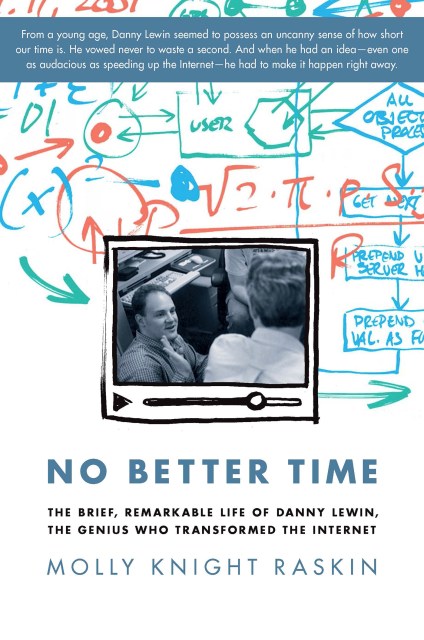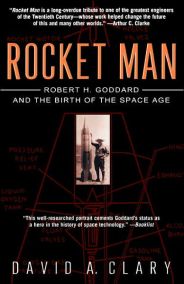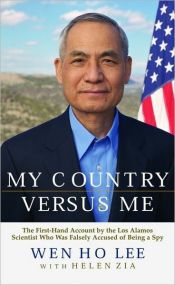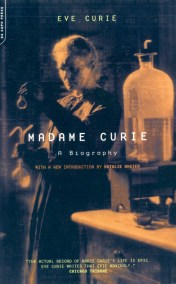Promotion
Use code MOM24 for 20% off site wide + free shipping over $45
No Better Time
The Brief, Remarkable Life of Danny Lewin, the Genius Who Transformed the Internet
Contributors
Formats and Prices
Price
$15.99Price
$20.99 CADFormat
Format:
- ebook $15.99 $20.99 CAD
- Hardcover $36.00 $46.00 CAD
This item is a preorder. Your payment method will be charged immediately, and the product is expected to ship on or around September 10, 2013. This date is subject to change due to shipping delays beyond our control.
Also available from:
Danny Lewin’s brilliant but brief life is largely unknown because, until now, those closest to him have guarded their memories and quietly mourned their loss. For Lewin was almost certainly the first victim of 9/11, stabbed to death at age 31 while trying to overpower the terrorists who would eventually fly American Flight 11 into the World Trade Center. But ironically it was 9/11 that proved the ultimate test for Lewin’s vision—while phone communication failed and web traffic surged as never before, the critical news and government sites that relied on Akamai — and the technology pioneered by Danny Lewin — remained up and running.
Genre:
- On Sale
- Sep 10, 2013
- Page Count
- 264 pages
- Publisher
- Da Capo Press
- ISBN-13
- 9780306821677
Newsletter Signup
By clicking ‘Sign Up,’ I acknowledge that I have read and agree to Hachette Book Group’s Privacy Policy and Terms of Use







